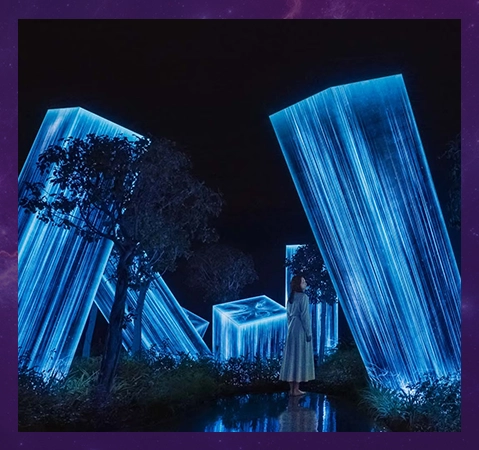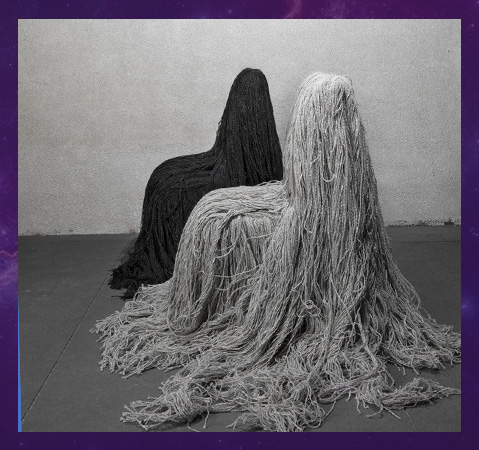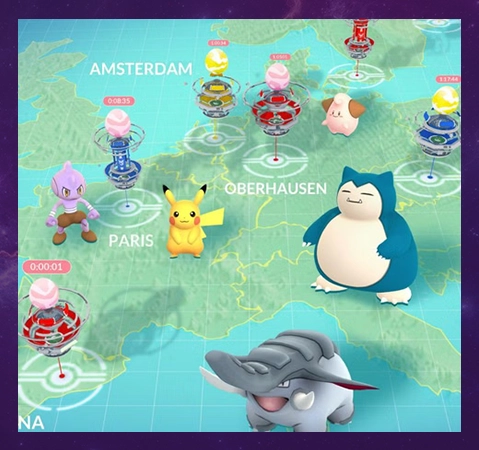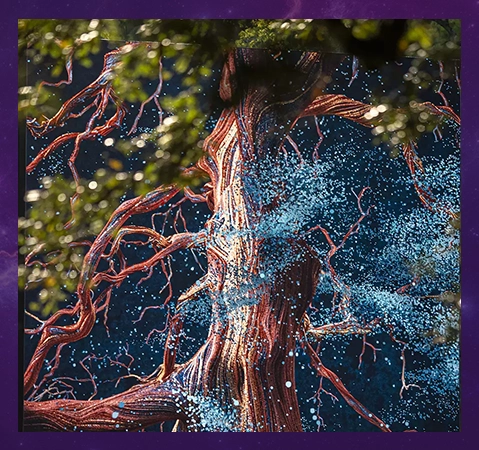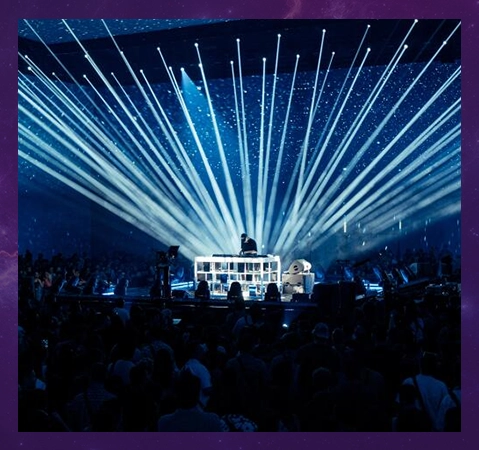
Of the Oak: How Marshmallow Laser Feast and Kew Gardens Used Data to Let Nature Speak
share
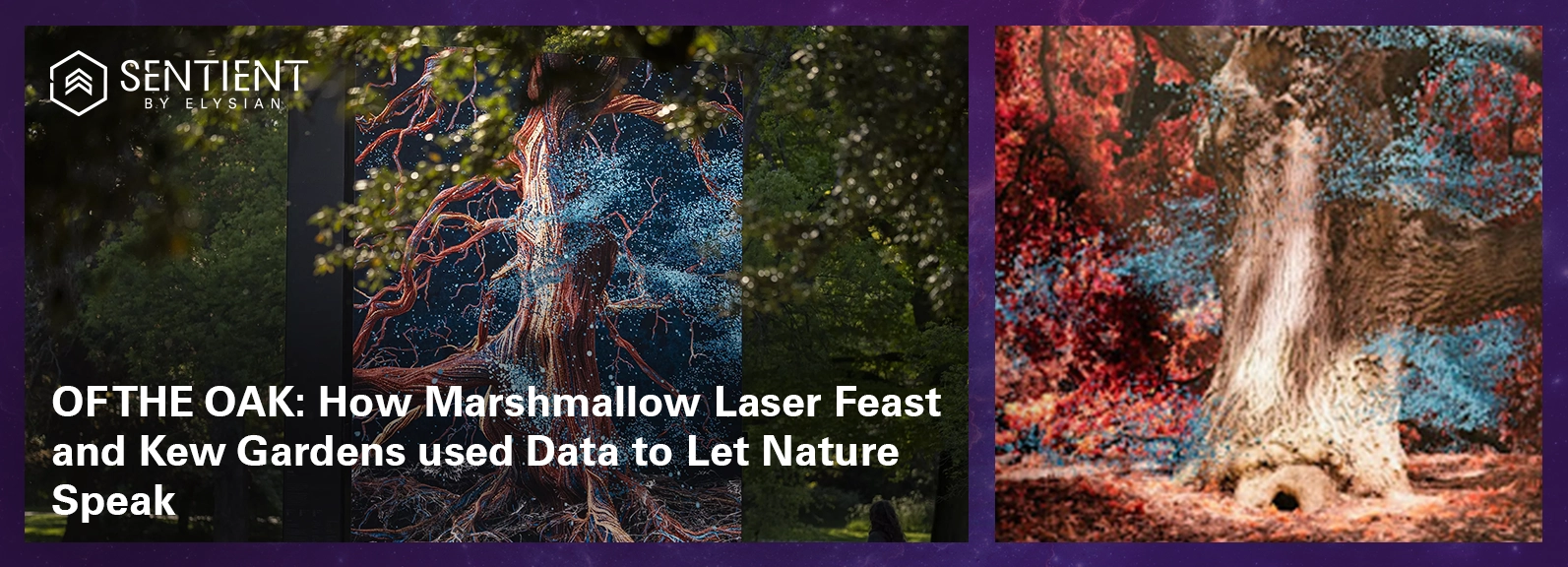
Summary:
Of the Oak is an immersive digital installation at Kew Gardens by Marshmallow Laser Feast, blending scientific data and art to reveal the inner life of a 300-year-old oak tree. Using advanced scanning technologies and ecological data, the installation creates a poetic audiovisual experience that invites visitors to connect emotionally with nature. Through responsive visuals and soundscapes, Of the Oak offers a fresh way to understand environmental processes, fostering empathy rather than just awareness.
Table of Contents:
Introduction: A Tree That Speaks Through Data and Art
How Data Translated the Tree’s Voice
Art, Technology & Environmental Storytelling
The Bottom Line: Listening to Nature Differently
At London’s iconic Kew Gardens, a centuries-old oak began to “speak”—not through myth or metaphor, but through machine learning. In a poetic blend of digital art and scientific data, creative studio Marshmallow Laser Feast and Kew scientists collaborated on Of the Oak, a powerful installation that allows a tree to express itself through motion, light, and sound. The result is not simply a spectacle, but a thought-provoking encounter between human innovation and the natural world. As visitors step into a tree’s inner world, they’re invited to listen differently—to think differently.
What does the tree reveal? Let’s step closer and find out.
The Vision Behind Of the Oak
Marshmallow Laser Feast (MLF), a UK-based art collective known for fusing immersive technology with the natural world, approached Of the Oak with a radical yet poetic question: what if a tree could show us what it sees, senses, and stores within its rings? Not by metaphor, but by translating its biological systems into sensory experience—light, data, motion, and sound.
This vision aligned closely with MLF’s broader artistic philosophy. Their work often explores the unseen connections between the human body, ecosystems, and technology. With Of the Oak, they sought to collapse the boundary between viewer and tree—to allow visitors to become part of a living narrative. It wasn’t about anthropomorphising nature, but about decoding its complexity and making it emotionally accessible.
The collaboration with Kew’s scientific team was key. It provided the ecological accuracy and environmental intelligence behind the visuals. Using real-time and archived data from one of the garden’s oldest trees, the installation mapped how a tree breathes, grows, and reacts to its surroundings. The goal wasn’t to simulate life—but to reveal it.
More than an installation, Of the Oak was conceived as an emotional awakening. By walking into a tree’s sensory world, audiences confront a different pace of time, a different kind of intelligence. It’s a way of seeing nature not as background, but as subject. And that’s just the beginning—how did they translate biology into immersive language? Let’s explore the technology behind the story.
How Data Translated the Tree’s Voice
The creative team at Marshmallow Laser Feast collaborated closely with scientists from Kew Gardens to access rich ecological datasets on one of the garden’s oldest trees—a Lucombe oak standing for over three centuries. Using advanced technologies such as LiDAR scanning, photogrammetry, CT imaging, and ground-penetrating radar, they translated the tree’s biological reality into a 12-minute audiovisual experience.
The resulting installation—Of the Oak—was displayed on a six-metre-tall outdoor LED portal situated along Syon Vista. Far from being enclosed or theatrical, the piece remained open to its environment, blending seamlessly into the garden’s landscape. Visitors weren’t ushered inside a darkened room; instead, they approached an illuminated screen that responded to their presence through motion-sensitive visuals. As passersby moved, glowing root systems, carbon flows, and seasonal transitions unfolded in real time, mirroring the inner life of the oak with striking visual poetry.
The accompanying soundscape added depth and immersion. Composed from 24-hour field recordings of canopy breezes, soil vibrations, and atmospheric shifts, the spatial audio guided visitors into a state of quiet awareness—one that mirrored the tree’s own pace. No narrator explained the science. No digital voice spoke the tree’s story. Instead, the tree’s presence was felt through rhythm, color, and resonance.
Rather than using artificial intelligence in the conventional sense, the installation employed what could be called environmental intelligence—real-world biological data interpreted through design. The tone was intentional: the tree didn’t dramatize, didn’t command attention. It invited presence. It whispered rather than declared. In doing so, it allowed people to connect not just intellectually, but emotionally—with a living organism often overlooked in its quiet wisdom.
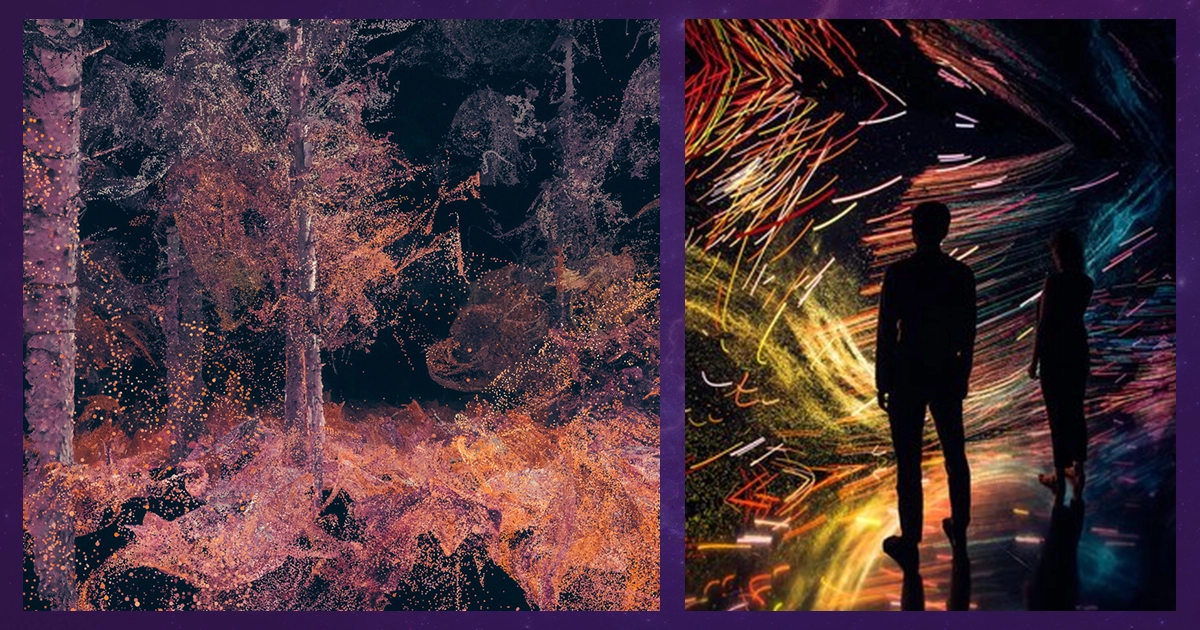
Taking inspiration from data-rich installations like Of the Oak, experiential marketing pioneers like Sentient By Elysian (SBE), based in the UAE, have applied similar ideas in brand storytelling. Their Immersive Tech Suite leverages real-time data, AI responsiveness, and multi-sensory design to craft environments that feel alive—emotionally and contextually. It’s not a tree speaking, but the same creative DNA: intelligent content that adapts to the moment and deepens audience connection.
The Experience at Kew Gardens
Approaching Of the Oak at Kew Gardens feels more like stepping into a living threshold than viewing a static artwork. Installed along Syon Vista, the open-air six-metre-tall LED screen stands beside the garden’s historic Lucombe oak—a tree over 300 years old. Rather than being enclosed in a dark chamber, the installation integrates with the landscape, inviting visitors to pause, reflect, and witness a tree’s story unfold in real time.
The experience begins with a 12-minute looped journey through the life of the oak, rendered in pulsating visuals generated from LiDAR scans, photogrammetry, and ecological datasets collected by Kew’s own scientists. As seasons shift across the screen, you see water rising through roots, carbon absorbed through leaves, and fungal networks beneath the soil—all rendered in elegant, flowing motion.
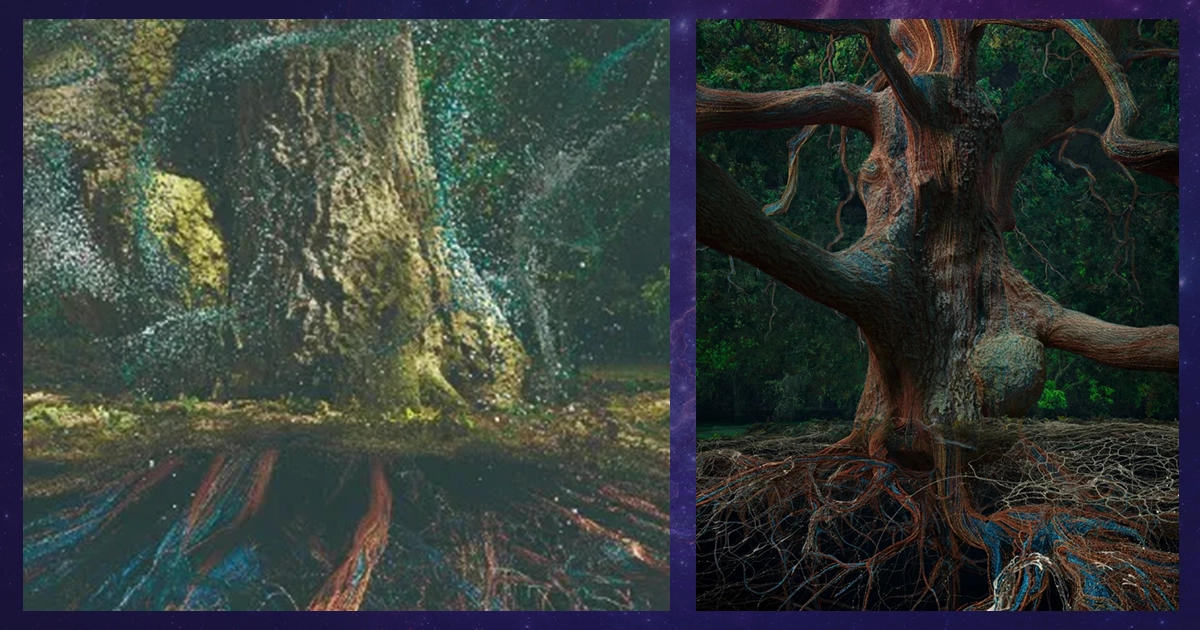
But this isn’t just a passive film. Motion sensors allow the artwork to respond subtly to a viewer’s presence, turning each encounter into a dynamic interaction. Combined with an enveloping soundscape—crafted from 24-hour audio recordings in the oak’s canopy and root systems—the installation encourages a moment of shared breath between human and tree. Visitors don’t hear words, but they feel rhythm, texture, and quiet urgency.
Children are often seen running toward the shifting lights, while adults pause in silence, drawn into the complexity and beauty of the oak’s unseen world. The lack of narration or signage is deliberate—it gives space for personal interpretation. The tree doesn’t need a voiceover. Its story is already written in rings, roots, and breath.
Art, Technology & Environmental Storytelling
In a world flooded with climate data, it’s easy to become overwhelmed—or numb. That’s why Of the Oak is so powerful: it doesn't throw numbers at you. Instead, it turns those numbers into presence, into pulse, into art. It creates a space where empathy, not just awareness, leads the experience.
The installation speaks to a broader evolution in how we communicate environmental urgency. Traditional methods often rely on stark facts, dire predictions, or guilt-based messaging. But Of the Oak takes a different path. It invites participation, wonder, and emotional engagement. When we understand how a tree breathes or stores memory in its rings, we no longer see it as “other.” We see it as living—and worth protecting.
This approach mirrors a growing trend across fields where AI, environmental data, and storytelling converge. Whether it’s MLF’s poetic visuals, SBE’s branded immersion, or future installations yet to come, the common thread is translation: turning complex systems into accessible stories.
And while Of the Oak doesn’t use speech the way we do, it does speak. It shows that nature has something to say—if we design the right tools to hear it. These are not gimmicks or distractions; they are cultural tools that help build emotional literacy around nature.
Ultimately, experiences like Of the Oak don’t just inform. They change how we relate to the world—and to ourselves within it.
The Bottom Line
Of the Oak is more than a digital tree—it’s a reimagining of how we might listen to the world around us. Through the lens of Marshmallow Laser Feast and the science of Kew Gardens, visitors are given a new vocabulary for engaging with nature—one that’s rooted in empathy, experience, and sensory understanding.
As we navigate the climate crisis, projects like this signal a new direction. Rather than pushing data as cold facts, they offer it as something you can feel. From poetic data visualizations to brand-driven interactive storytelling, we’re entering an age where listening to the planet might be the most powerful message of all.
And perhaps the quietest voices—like those of ancient oaks—are the ones we most need to hear.
Website | LinkedIn | Instagram | YouTube | Facebook



